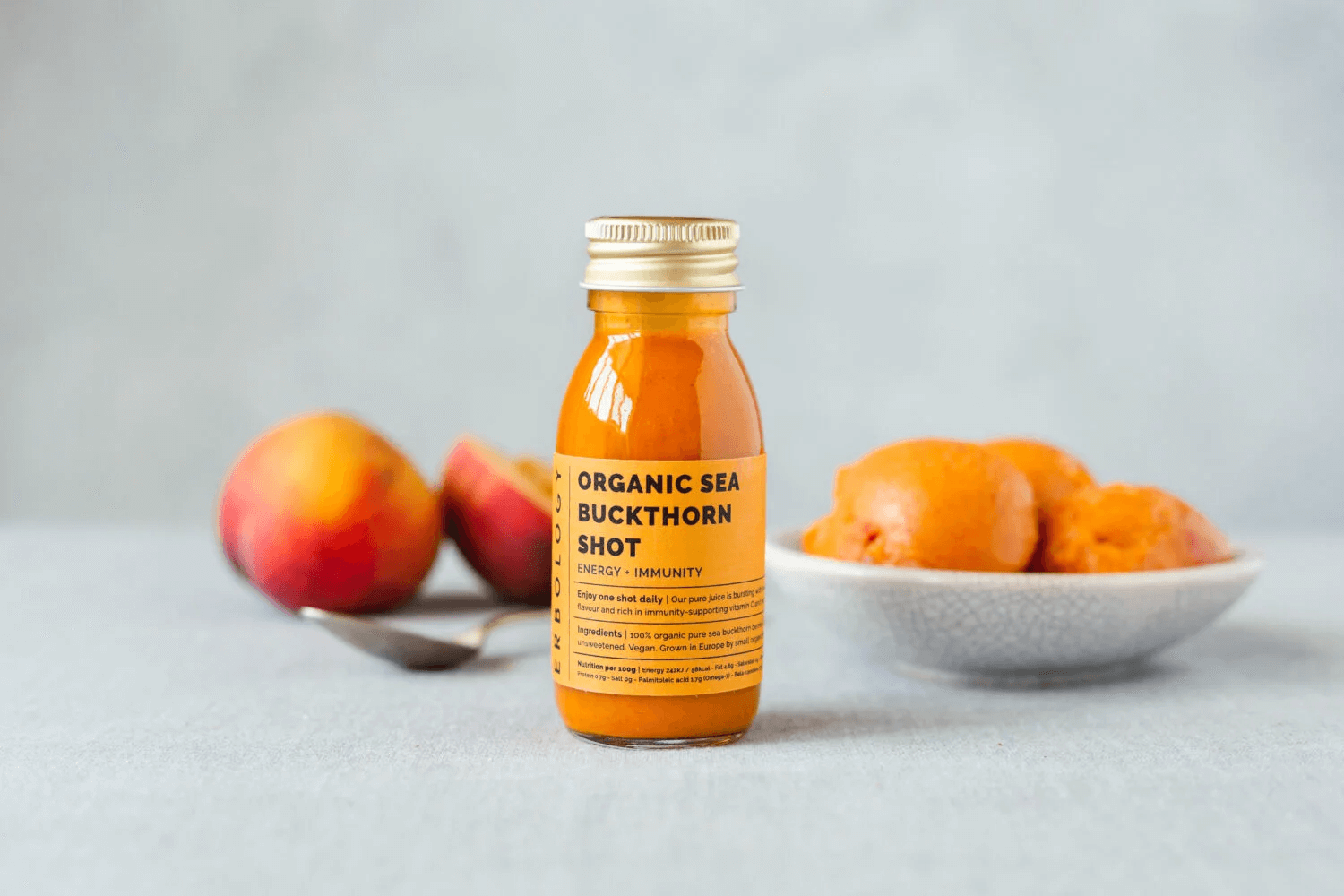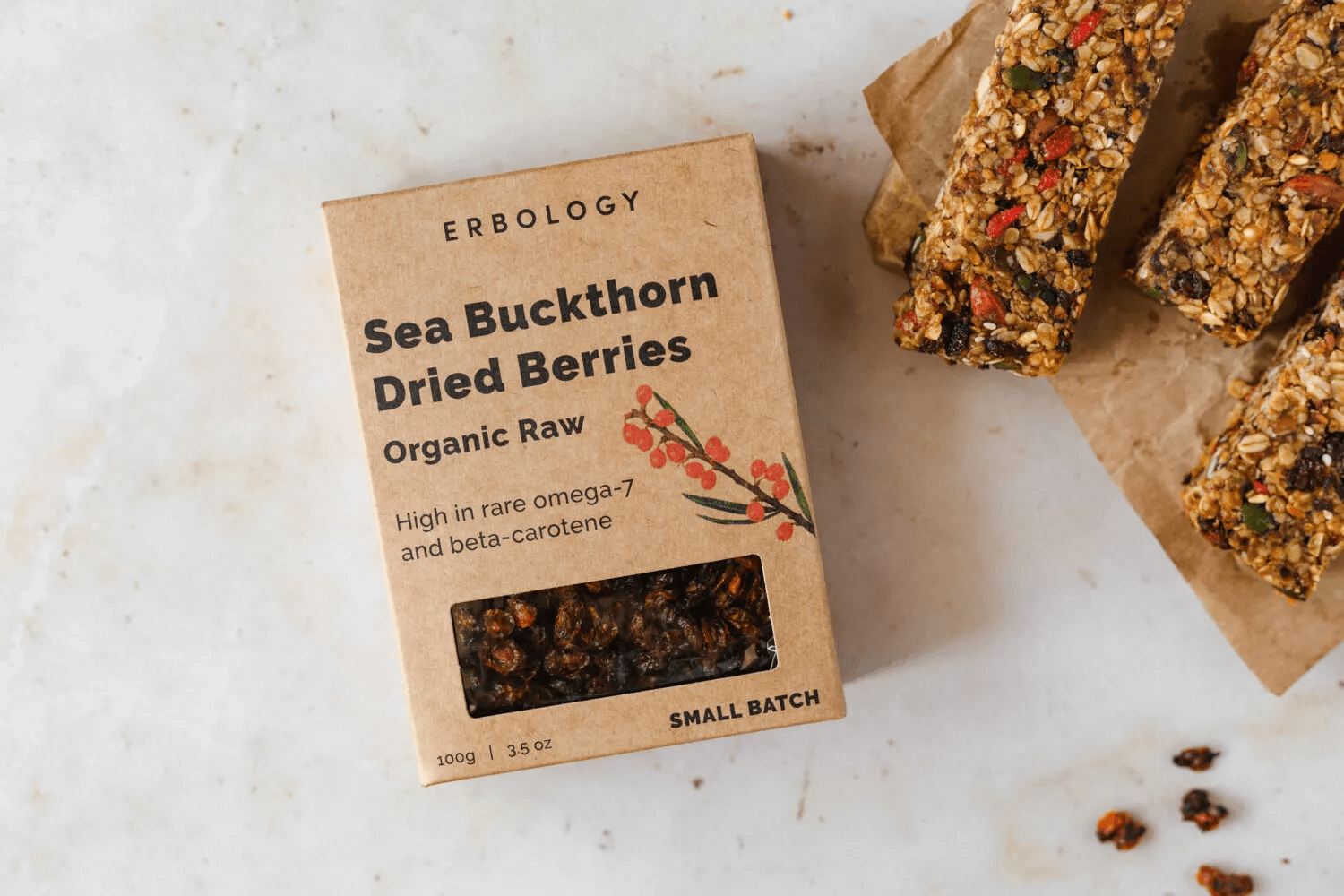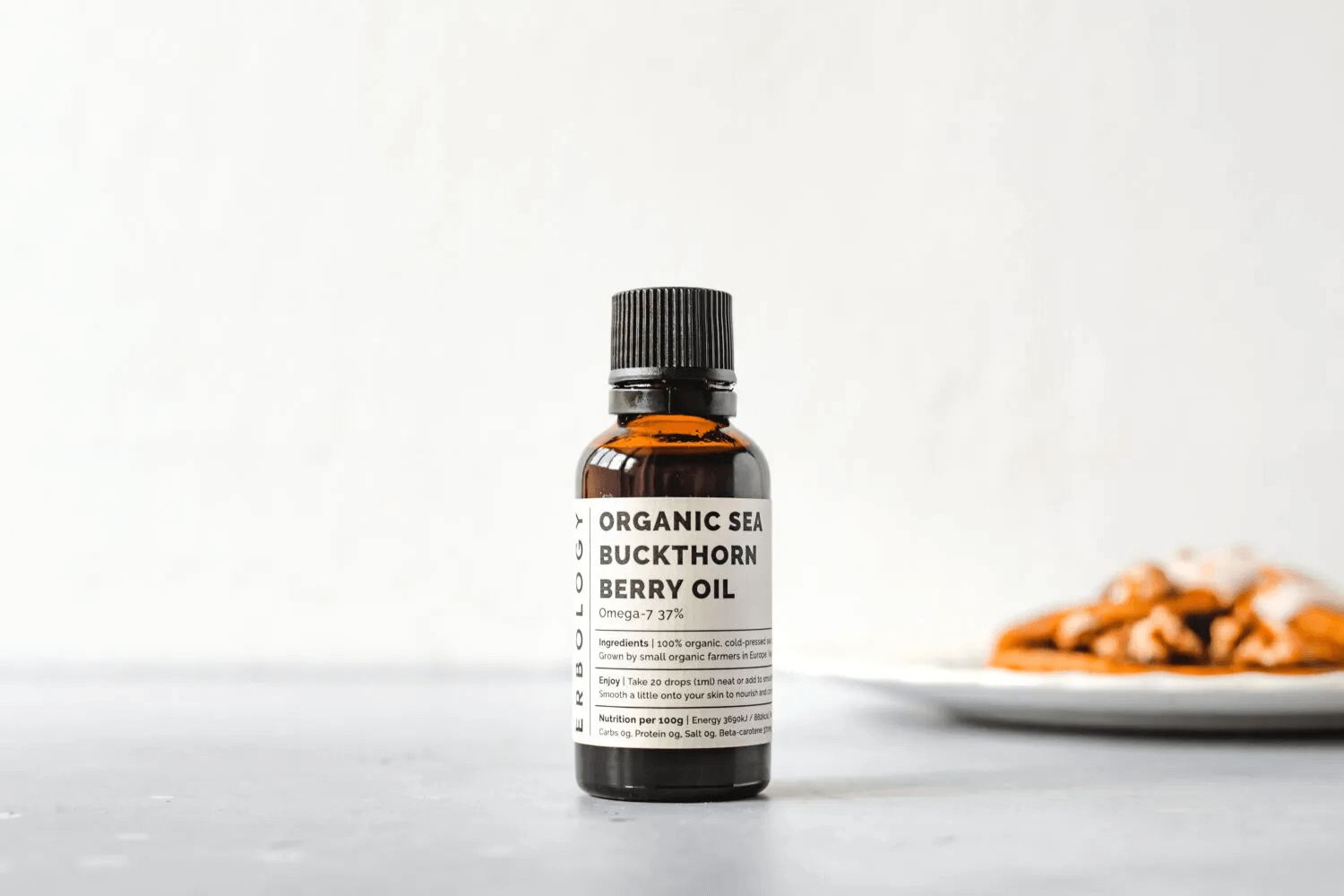18 Aug 2018
Sea buckthorn benefits
Feeling tired? Before you reach for a caffeine tablet or an energy drink, take a moment to remember the last time you felt naturally invigorated: standing on a hilltop with the crisp wind on your cheeks and your lungs full of fresh air.
Luckily, there's a secret that will allow you to feel naturally energised whenever and wherever you choose, and it's all down to a very special little berry.
While they might be new in our diets, sea buckthorn berries have been revered for their health benefits since ancient times. So much so, in fact, that sea buckthorn berries even play a role in Greek mythology...
Sea buckthorn in ancient Greece
If we journey back through time to ancient Greece, we find sea buckthorn berries growing on a narrow strip of land between the Aegean sea and the Corinthian gulf. Known as the ithsmus, this strip of land takes its name from the Greek word for 'narrow' or 'neck'.
At the centre of the ithsmus, we find the ancient city of Corinth, which houses the fountain of Periene. Its cool spring water offers refreshment to weary travellers making their way through the sun-drenched city. It was also a favourite watering hole of one of the most iconic mythological figures of all time: Pegasus.
A symbol of dignity and power, Pegasus the white, winged horse is a famous character in Greek mythology. The hero, Bellerophron, discovered Pegasus by the fountain of Periene and tamed him, later riding Pegasus into battle against the fearsome Chimera. Bellerophron and Pegasus's victory is one of the most beloved stories in Greek mythology.
Pegasus's favourite nibble
He may have been a mythical beast, but even Pegasus had to stop and refuel occasionally. Legend has it that he would graze on the vegetation around the ithsmus, but he was especially fond of sea buckthorn berries. These bright, tart little fruits must have powered many an arduous flight around ancient Greece and Mount Olympus!
Their inclusion in the Pegasus myth suggests that the ancient Greeks were familiar with the benefits of sea buckthorn. Taking a leaf out of Pegasus's book, they fed sea buckthorn to their finest racehorses in the hope that they would muster the legendary speed of the winged horse. Some scholars have thus, humorously, christened sea buckthorn 'the Pegasus plant'.
But now, let's fast forward to the present day. What is sea buckthorn, and why has there been a resurgence of interest in it?
Related reading
![]()
undefined

Organic Sea Buckthorn Juice


